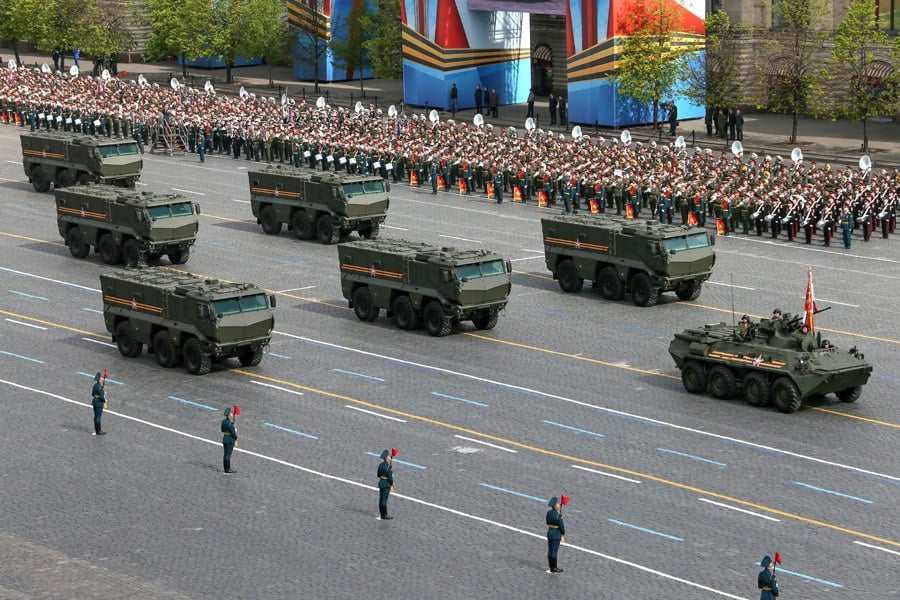Russian Armed Forces reconnaissance and special forces units will soon be bolstered by new mine-resistant, ambush-protected Typhoon vehicles. reported by sputniknews.com.
The new vehicles are capable of both navigating rugged terrain and protecting personnel from small arms fire and improvised explosive devices (IEDs).
It should be noted that the military apparently intends to purchase both the Typhoon-U type vehicles produced by Ural Automotive Plant and the Typhoon-K type manufactured by KamAZ.
ADVERTISEMENT - CONTINUE READING BELOW12 Typhoons took part in Russian Victory Day military parade in 2014
A source in the military told the Russian newspaper Izvestia that the Defense Ministry has already made the decision to purchase the vehicles and is now deciding exactly how many it requires.
The new armored vehicles will be supplied to reconnaissance battalions and special forces brigades, as well as to recon detachments of regular ground troops, where it will serve as a valuable addition to Tigr (Tiger) all-terrain infantry mobility vehicles.
Kamaz Typhoon is a family of Russian multi-functional, modular, armoured, mine resistant MRAP vehicles. The Typhoon family is part of Russia’s Typhoon program.
The development of the “Typhoon” vehicle family began in 2010, when Minister of Russian Federation Armed Forces approved the “Development of Russian Federation Armed Forces military vehicles for the period until 2020” program and started the Typhoon MRAP program. In 2012 the first contract between Russian Ministry of Armed Forces and Kamaz to buy Typhoons was signed.
